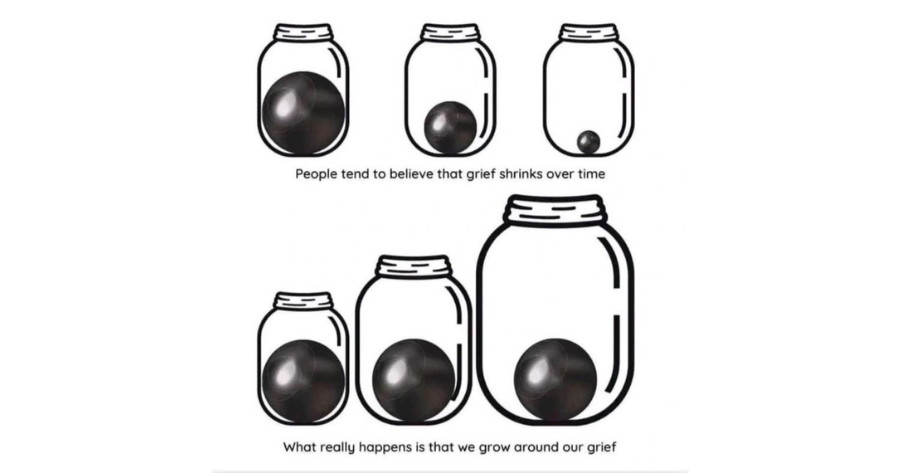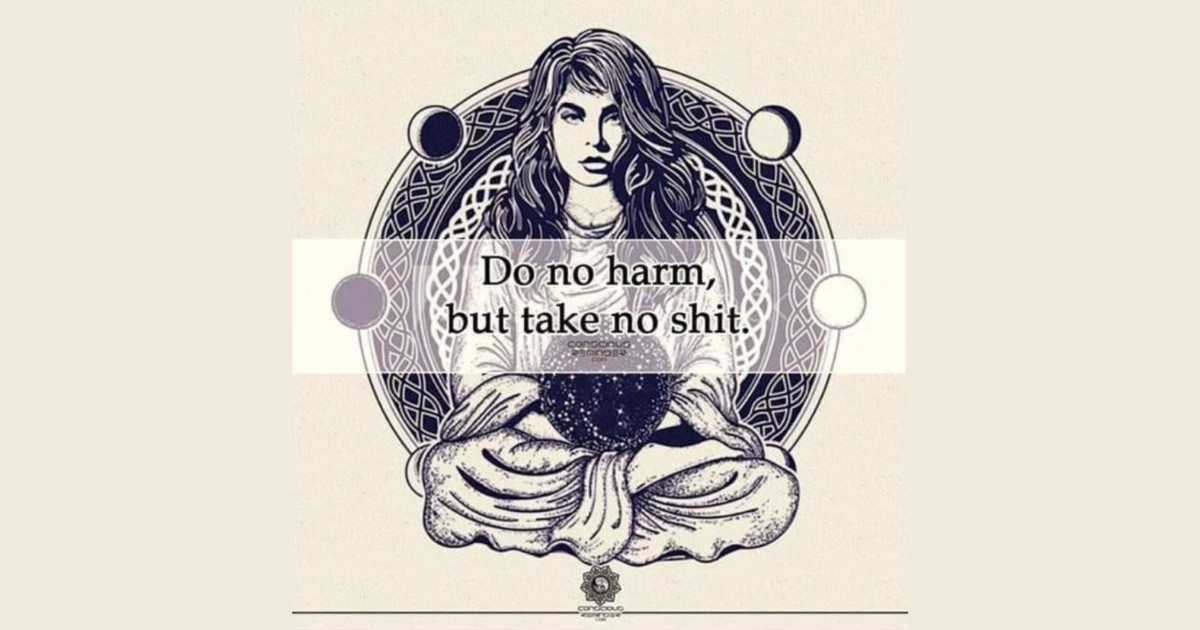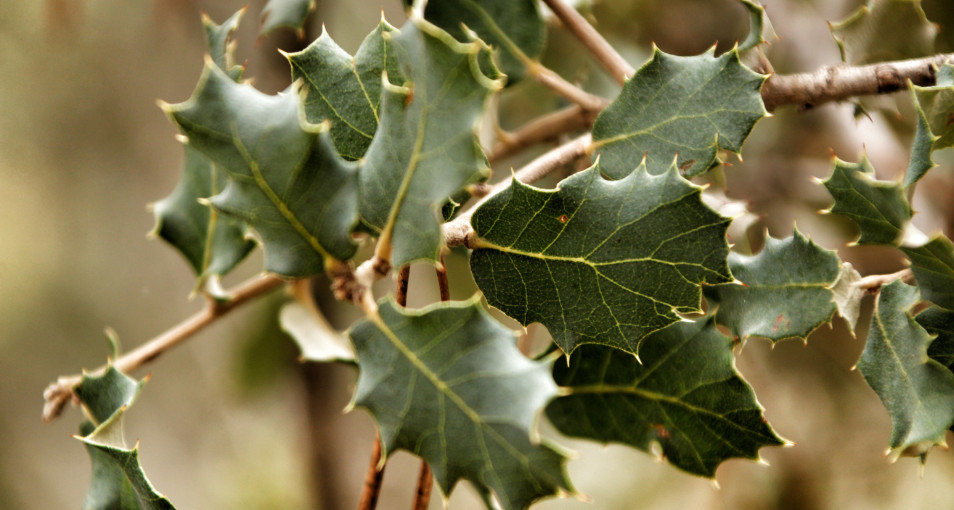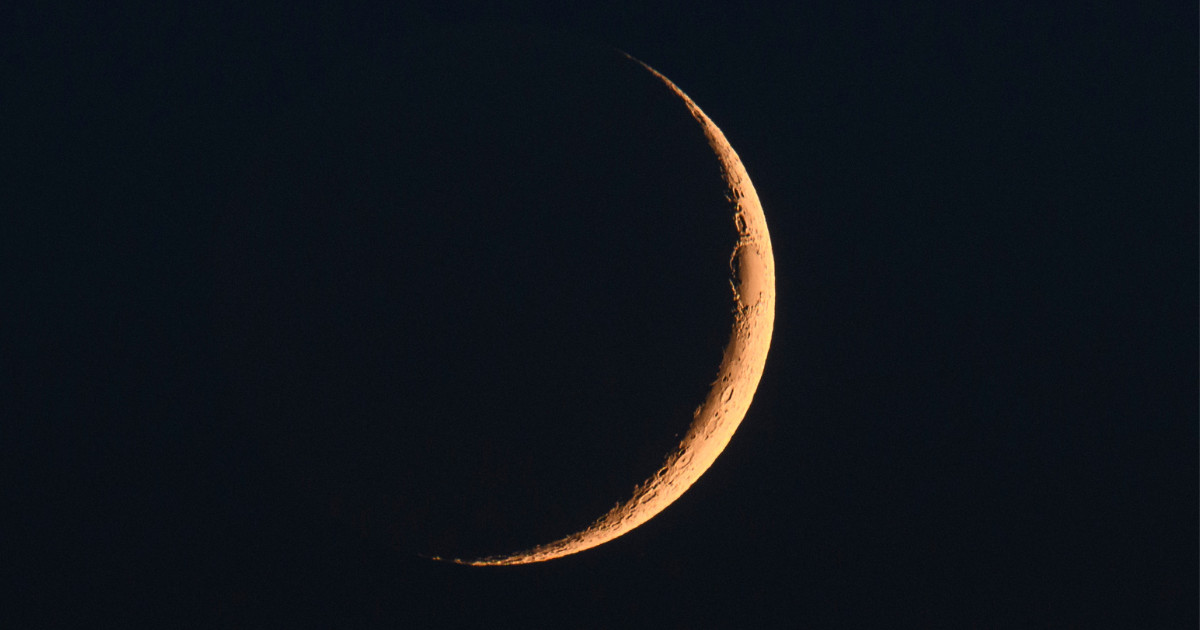
This year we're declaring our favorite holiday as the winter solstice.❄️
For us, the Solstice marks of the end of one year, the beginning of another.
The shortest day. The longest night.
Sure the equinox is great if you like things to be even, fair, balanced…
But the solstice means more to us because it reflects the extremes.
What goes up must come down.⬆️⬇️
What grows dark will grow light again. 🌒🌞
Growing up, no one we knew celebrated the winter solstice. It was barely a footnote at the beginning of Winter, and as a skier, Winter was our favorite season. Winter was for flying over a clean, white landscape of solid water.
But to everyone else it seemed, Winter was for enduring.
And it couldn't be over soon enough, so…
Move over Solstice, Christmas is coming🎄!
Yet even Anglo-based Christmas couldn't deny that adding light to darkness was the central component of the holiday. Gifts and Jesus. Open fires with roasting chestnuts. Wise men road-tripping by the light of the North Star. Rudolph's bright nose guiding the way. And of course Christmas eve candlelight services with all the singing.
These were the traditions handed down in our Anglo culture.
Begin to delve into what is meaningful, and it's clear that current traditions happen over time.
They are bequeathed. They are borrowed. They are stolen.
They are integrated into our daily lives by wrapping them in the house coats of conquerors and dominant culture.
Any self-respecting historian and/or witch will tell you, Christmas is a Pagan holiday wrapped in Papal garb.
And what was the pagan tradition from whence Christmas came?
Yep. You guessed it. Winter Solstice!
While them's is fightin' words for some, give us a second and we'll prove it.
Here's just a few of the customs associated with Christmas that have origins in pre-Christian pagan practices:
➡ **Evergreen Trees:** Pagans often decorated their homes with evergreen boughs during the winter solstice as a symbol of life amid the barren winter. This practice was adopted, transformed and voila, the modern Christmas tree was born.
➡ **Mistletoe:** Druids considered mistletoe to have mystical properties and used it in their winter solstice celebrations. The tradition of hanging mistletoe and kissing underneath it during Christmas? Definitely pagan origins.
➡ **Giving Gifts:** The custom of exchanging gifts during the winter season has roots in various ancient solstice celebrations; it symbolized goodwill, generosity, and the sharing of wealth and prosperity.
➡ **Feasts:** Winter solstice celebrations often involved feasting to celebrate the return of longer days and the hope of spring's arrival.
➡ **December 25** The celebration of Christmas on December 25th coincides with the Winter Solstice in the Northern Hemisphere, a time when many ancient cultures marked the rebirth of the sun and the lengthening of days.
And though Christmas is Christian-centric and celebrated throughout the Western world, it is not alone in its origins of celebrating the Solstice.
There are so many other cultures - living and past - that celebrate the return of longer days. These celebrations representing the return of light and the triumph of life over darkness, enumerate the diverse ways cultures honor and welcome the changing seasons during Winter Solstice.
Here are just a few:
✔️ **Yule:** Originating from Norse and Germanic cultures, Yule celebrates the rebirth of the sun. Traditions include lighting Yule logs, feasting, and decorating with evergreens.
✔️ **Dongzhi Festival:** Celebrated in East Asia, particularly in China, Taiwan, and other East Asian countries, Dongzhi marks the arrival of winter and the year's shortest day. Families gather to eat tangyuan (sweet dumplings).
✔️ **Inti Raymi:** In Peru, the Inca festival of Inti Raymi celebrates the sun god Inti. The festival involves processions, music, and dancing to honor the sun's return.
✔️ **Soyal:** Celebrated by the Hopi and Zuni tribes of Native Americans, Soyal marks the beginning of the new year. Rituals involve purification, prayer, and the lighting of fires.
✔️ **Saturnalia:** Ancient Rome celebrated Saturnalia to honor the god, Saturn. During this time, social norms were reversed, gifts were exchanged, and homes were decorated with candles and greenery.
✔️ **Yalda Night** Yalda Night, also known as Shab-e Yalda, is an Iranian festival celebrated on the longest night of the year. It's a celebration of joy, warmth, and the triumph of light over dark, and emphasizes the rich heritage and traditions of Persian culture.
The commonality of Solstice traditions is striking.
The common human experience of the overlap between light and time is deeply ingrained in all of us.
We wish you, and all living things, a wonderful Solstice and a stellar new year full of gifts, light and celebration.💚🙏

















0 Comments